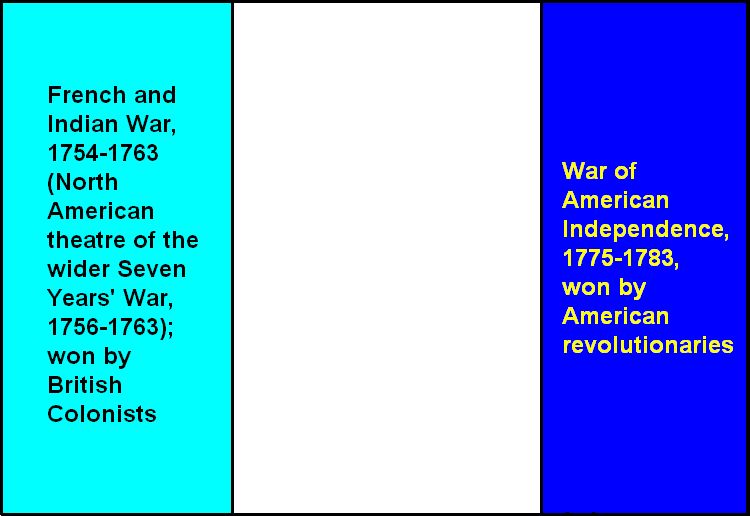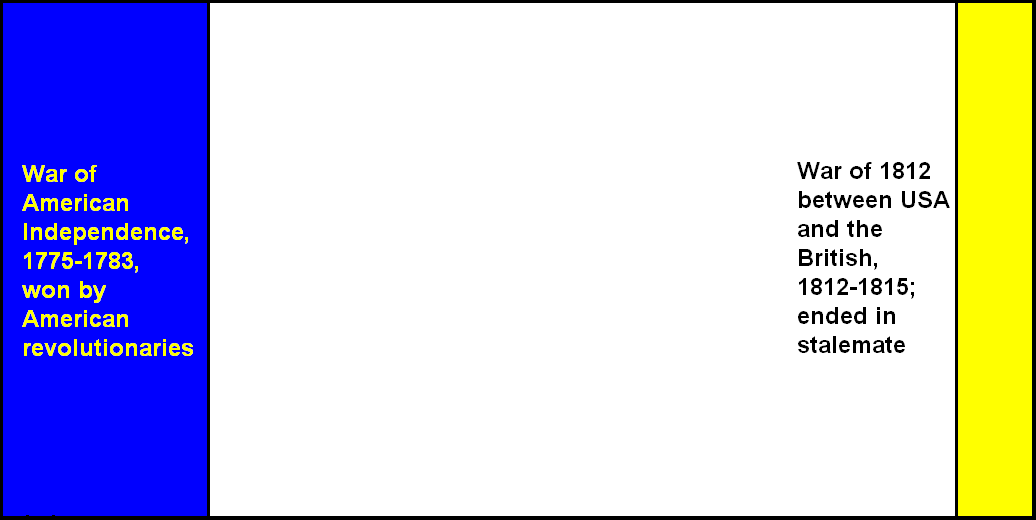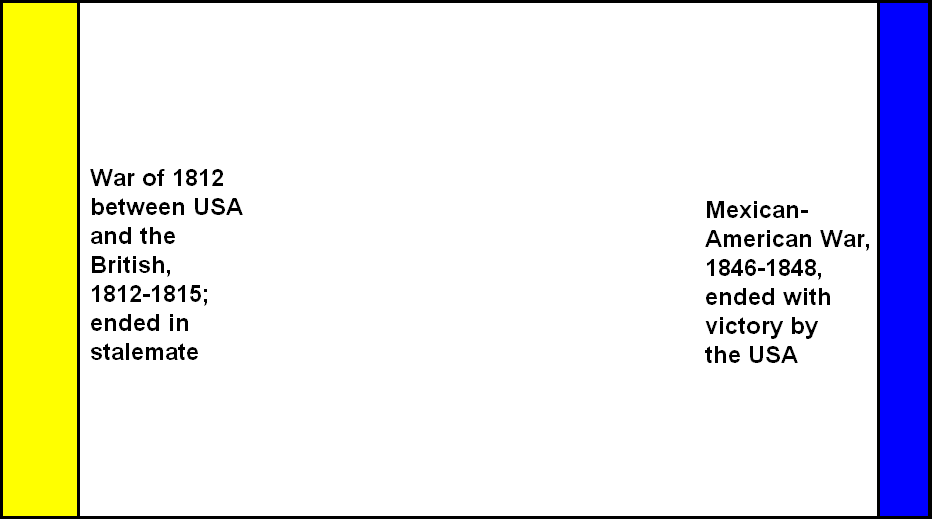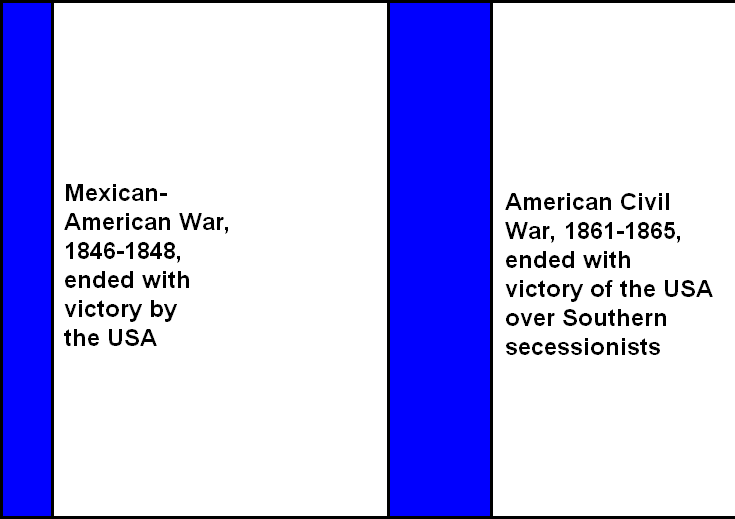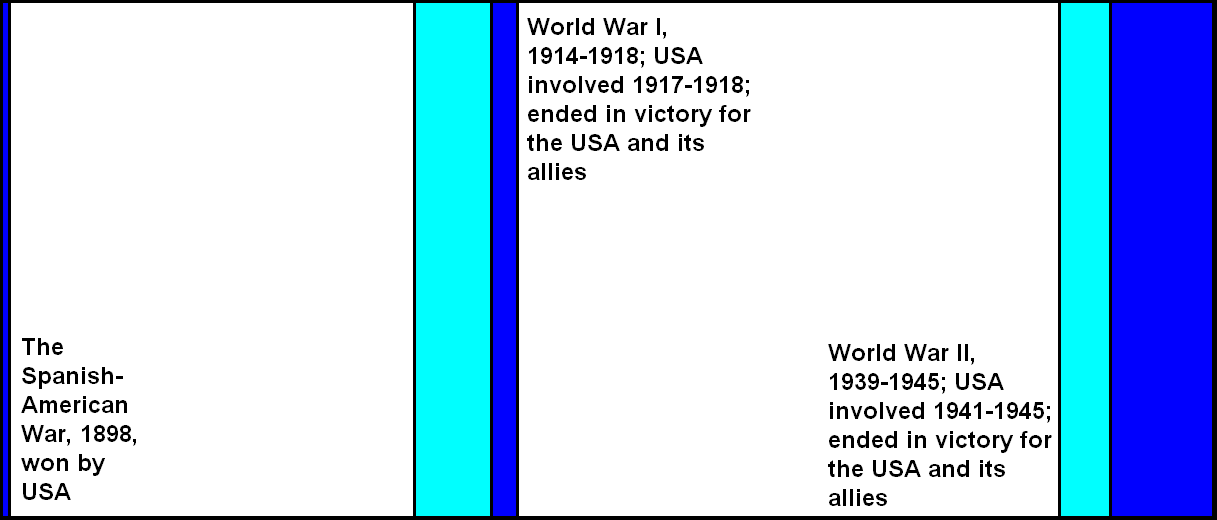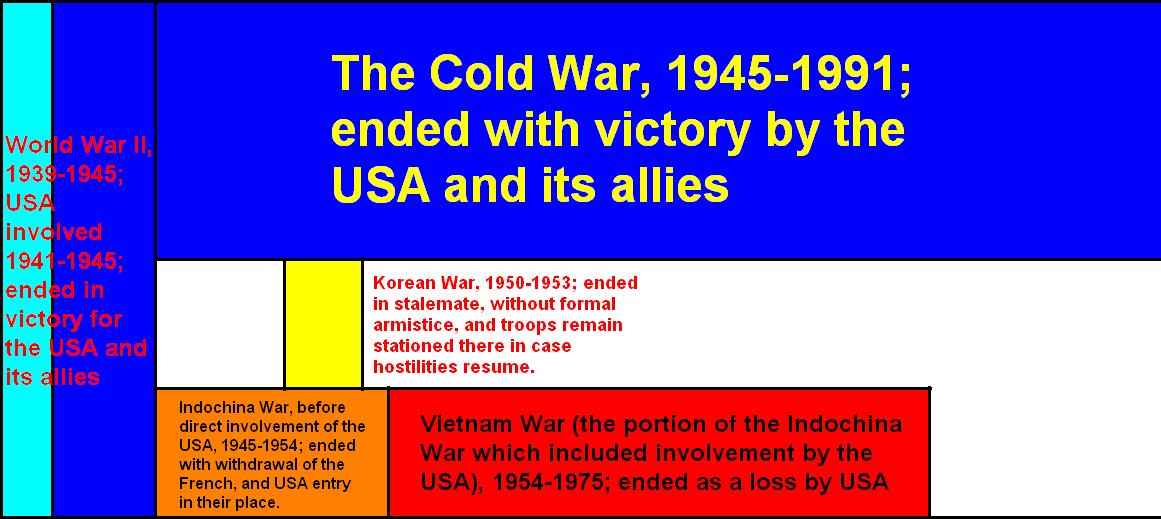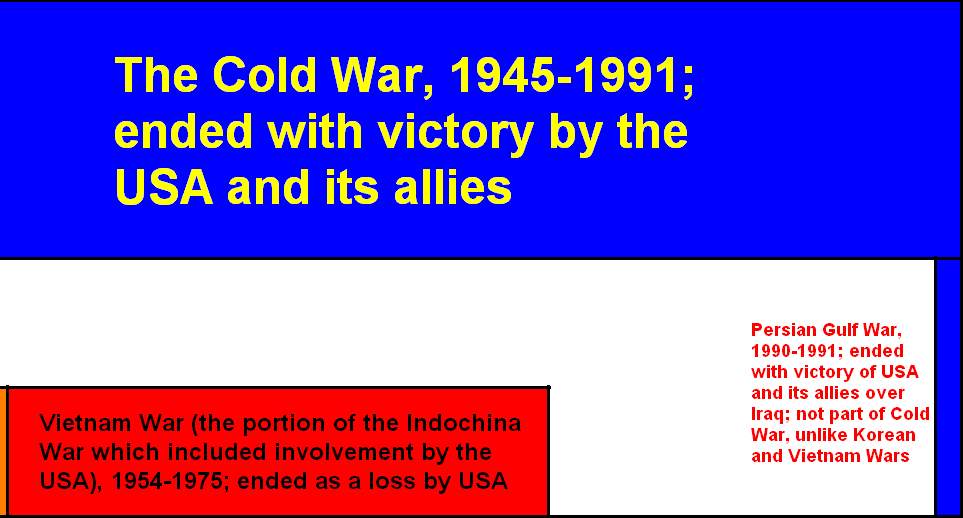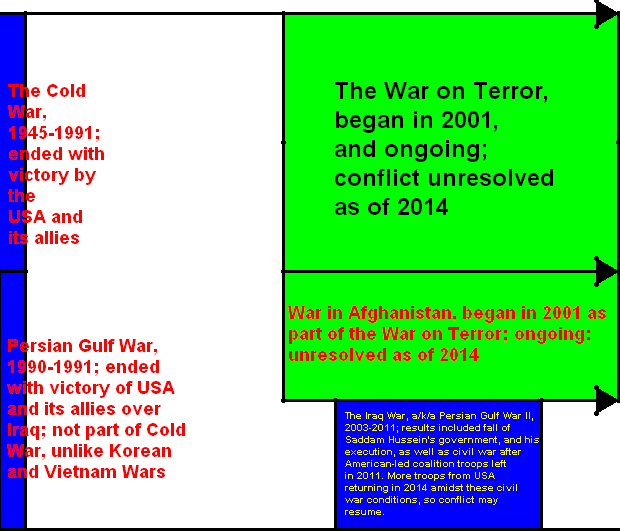Like many people, I’ve lately become sick of so many things. It isn’t just Donald Trump and Trumpism, nor toxic forms of religion, nor anti-science attitudes, nor Elon Musk, nor the website X (formerly known as Twitter), nor Facebook, nor Mark Zuckerberg, nor billionaires in general, nor political parties, nor the war on women, nor anti-vaxxers, nor fascists on the far right, nor Communists on the far left, nor mass incarceration, nor the wars at home and abroad, nor people who hate friends of mine just because they want to change things about themselves, such as their own bodies and names. I’m sick of people trying to destroy public education and teachers’ unions. I’m sick of all these things, and more.
Quite frankly, if you’re friend-requesting me on Facebook just to immediately send me a private message, which I call “flirtspam,” I’m sick of you. I’m married, and am not looking to change that. I’m sick of people posting advertisements on my Facebook wall, without even asking for permission first. I’m sick of of Trump and his MAGAs. I’m sick of proselytizing, for or against religion. Frankly, if you’re part of any of these problems, I’m sick of you.
It’s all these negative things, and more, that I want to leave behind. There’s poison in all this hatred, and I don’t want to die from it. Therefore, just like I left the toxic practice of drinking ethanol behind (hopefully for good, this time), on July 20, 2023, I am now leaving my negative social media exposure, with this post.
This is my last post on Facebook and on X. I’m not going to deactivate them; I just won’t be posting anything new on my own FB-wall or Twitter-feed any more. My blog is staying right where it is, at http://www.robertlovespi.net. You’re welcome to follow it, “like” my posts, or comment on them. I usually respond to my blog-comments, especially if I’ve been asked a question. More blog-posts are coming; they just won’t be shared on Facebook or X any more. My blog even has a tip jar, if you’re so inclined, but it’s completely optional and voluntary. You can see everything there for free.
You can also interact with me, if you’re seeking to form or maintain honest, healthy friendships, in one other way, on a new social media website. If you’re also sick of all this toxic hatred, which is literally poisoning our minds, our society, and our world, I will let you know where you can find me. I’ve got a lot of friends on Facebook, after all, and a few on X/Twitter, and I invite those friends to join me in the mass exodus away from those two sites, and toward the new social media platform known as BlueSky. It’s a little bit like Twitter, and a little bit like Facebook, except that it is, so far, not infected with any terminal disease. My profile page there is at https://bsky.app/profile/robertlovespi.bsky.social. All I ask is that you be willing to “give peace a chance,” if you look me up there.
Hello, BlueSky!



